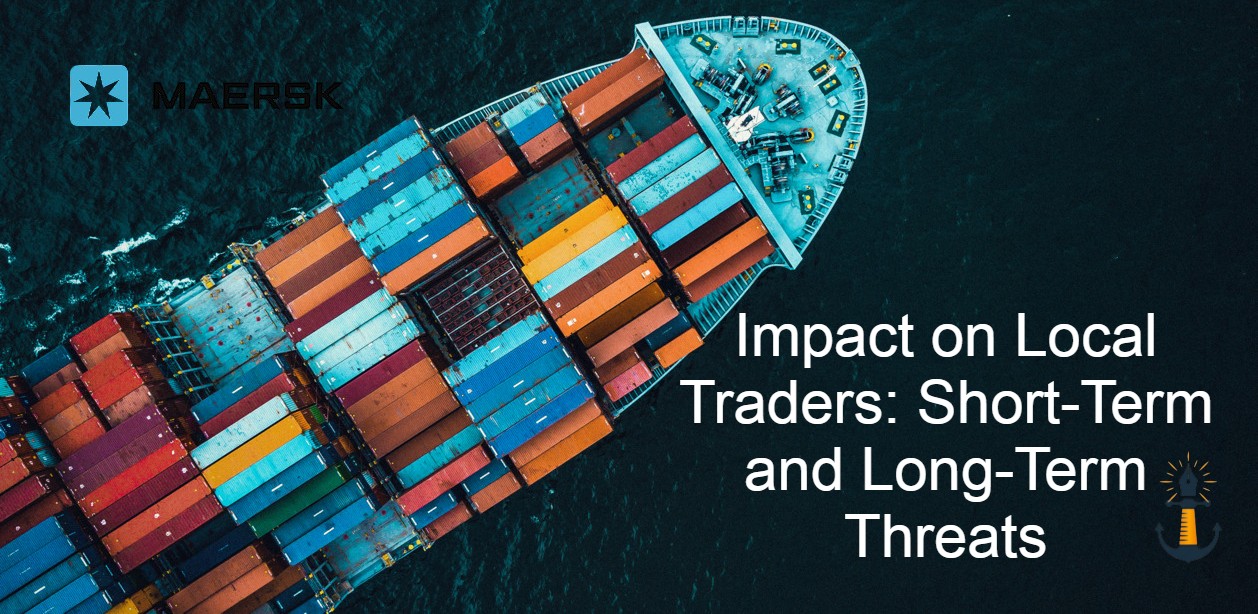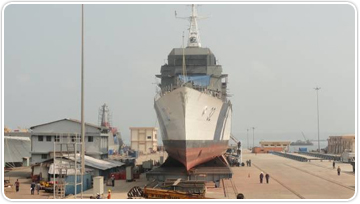While the introduction of Maersk’s SH3 service between China and Bangladesh offers significant opportunities for local traders, it is also said to pose several short-term and long-term threats. This has increased the need of Local businesses to strategically adapt to these changes, leveraging the benefits while mitigating the risks to sustain their growth and competitiveness in the evolving market landscape.
Impact on Local Traders of SH3: Short-Term and Long-Term Threats
Short-Term Impact
-
Increased Competition
– Positive: Local traders might benefit from enhanced competition which can lead to better services and reduced costs.
– Negative: The increased capacity and efficiency provided by Maersk’s SH3 service could challenge smaller local shipping companies, making it harder for them to compete on price and service quality.
-
Supply Chain Optimization
– Positive: Local traders can take advantage of the additional shipping options and flexible scheduling to optimize their supply chains, ensuring timely delivery of goods.
– Negative: Rapid changes in supply chain dynamics might require local traders to adapt quickly, possibly incurring short-term costs for realigning their logistics strategies.
-
Market Access
– Positive: Easier and more frequent shipping options can provide local traders better access to international markets, potentially boosting their sales and growth.
– Negative: Increased competition from international players might make it difficult for local traders to maintain their market share.
Long-Term Threats
-
Market Consolidation
– Threat: Over time, the presence of a major player like Maersk could lead to market consolidation. Smaller local shipping companies might be driven out of the market, reducing competition and potentially leading to higher prices and fewer options in the long run.
-
Dependence on Major Carriers
– Threat: Local traders might become overly dependent on major international shipping companies. Any disruptions or policy changes by these companies could significantly impact local businesses, leaving them vulnerable to external factors beyond their control.
-
Technological Adaptation
– Threat: The adoption of advanced technologies by large shipping companies could widen the gap between them and local traders. Smaller companies may struggle to keep up with technological advancements, impacting their competitiveness and efficiency in the long term.
-
Regulatory Challenges
– Threat: As international shipping routes become more integrated and standardized, local traders might face new regulatory challenges. Compliance with international standards and practices could impose additional costs and operational complexities.
-
Environmental and Social Impacts
– Threat: Increased shipping activity could lead to environmental concerns such as pollution and habitat disruption. Local communities might face social challenges, including increased traffic and infrastructure strain, potentially leading to conflicts and resistance.




